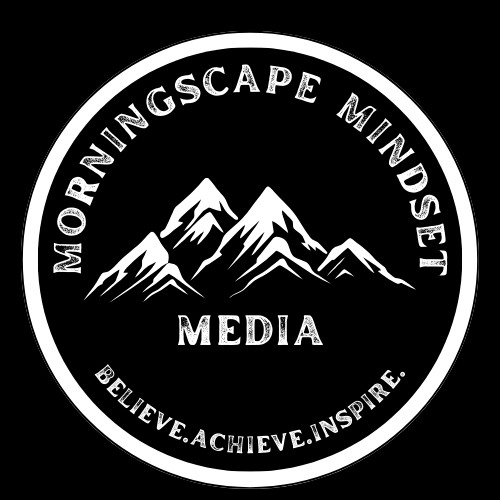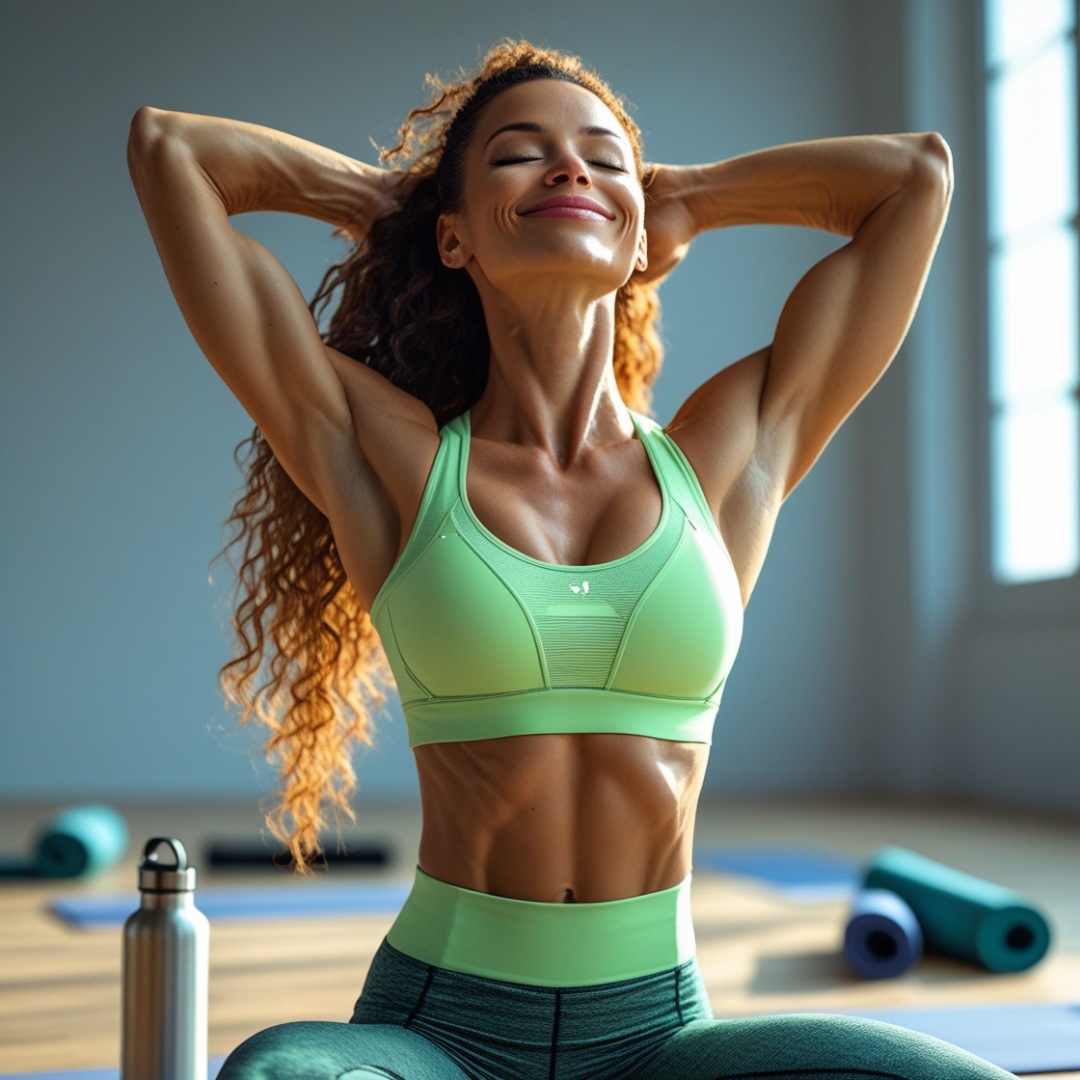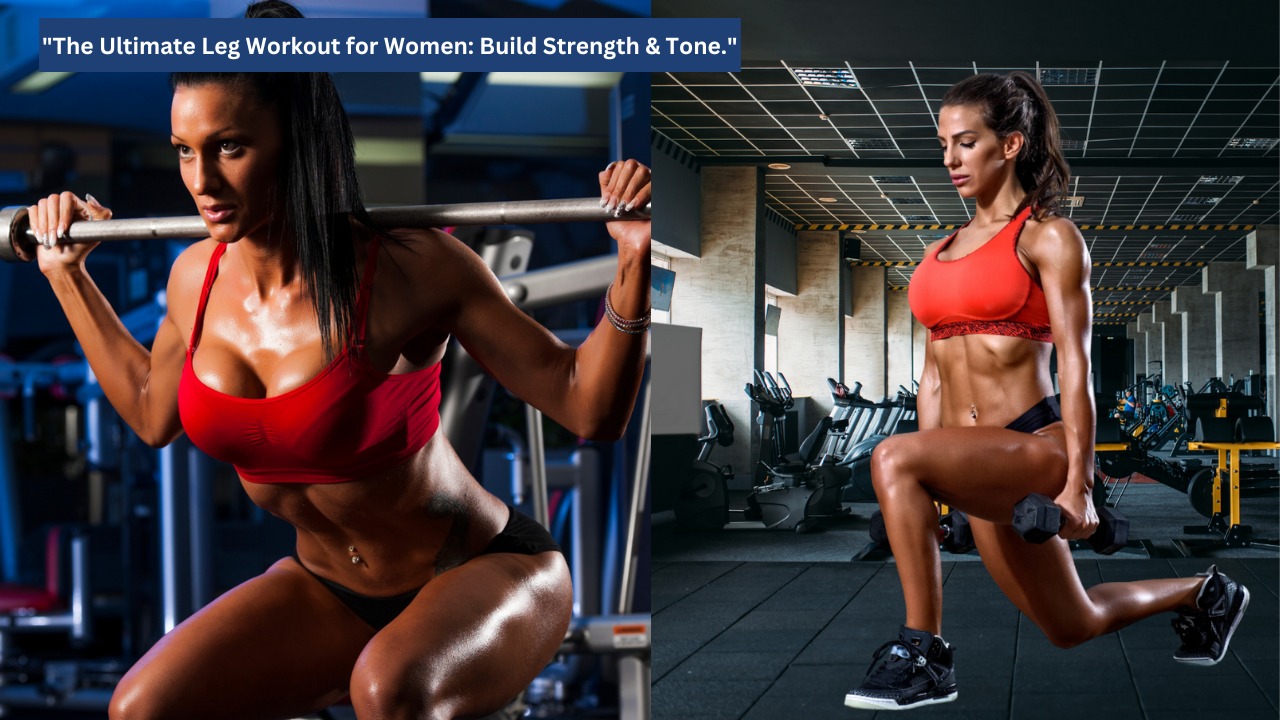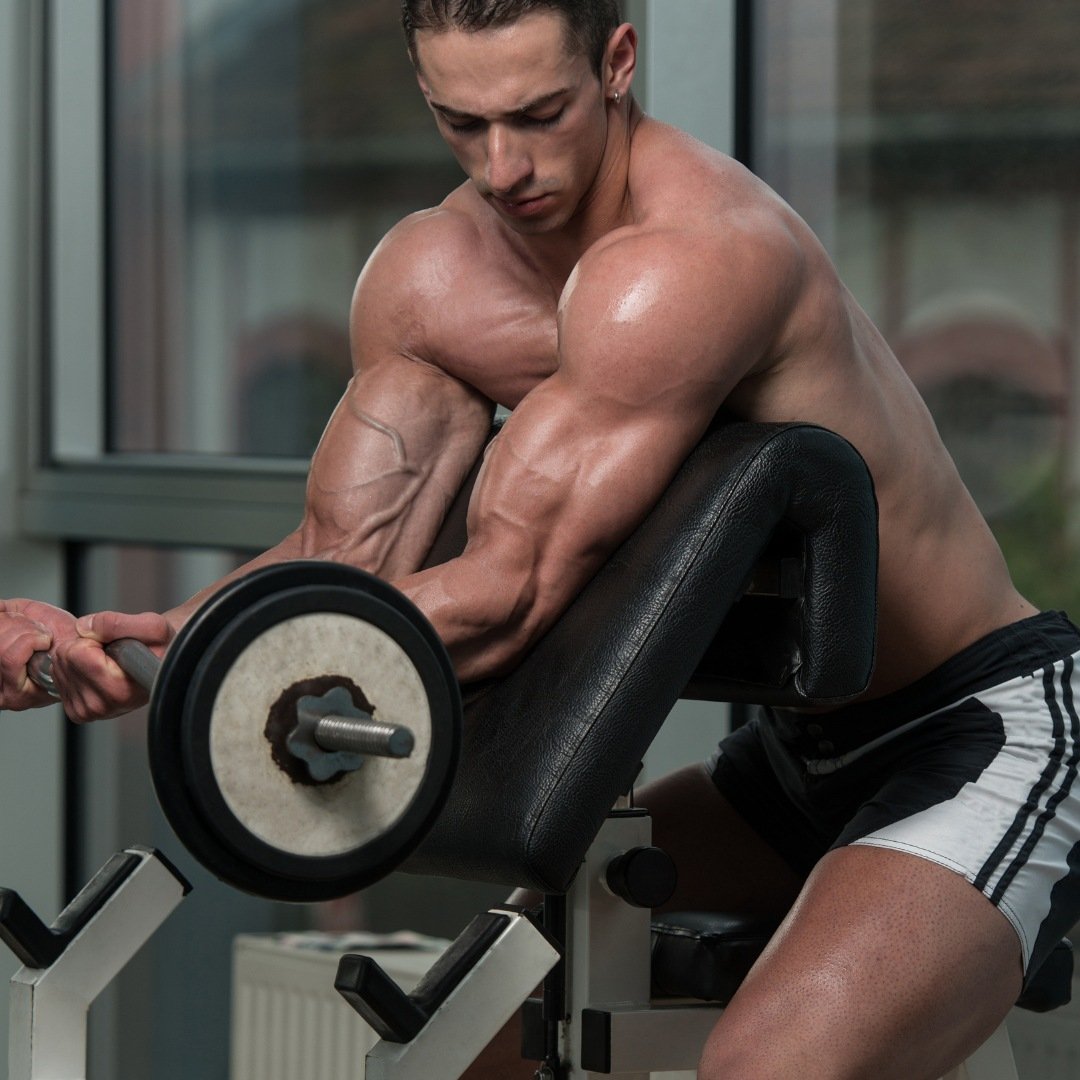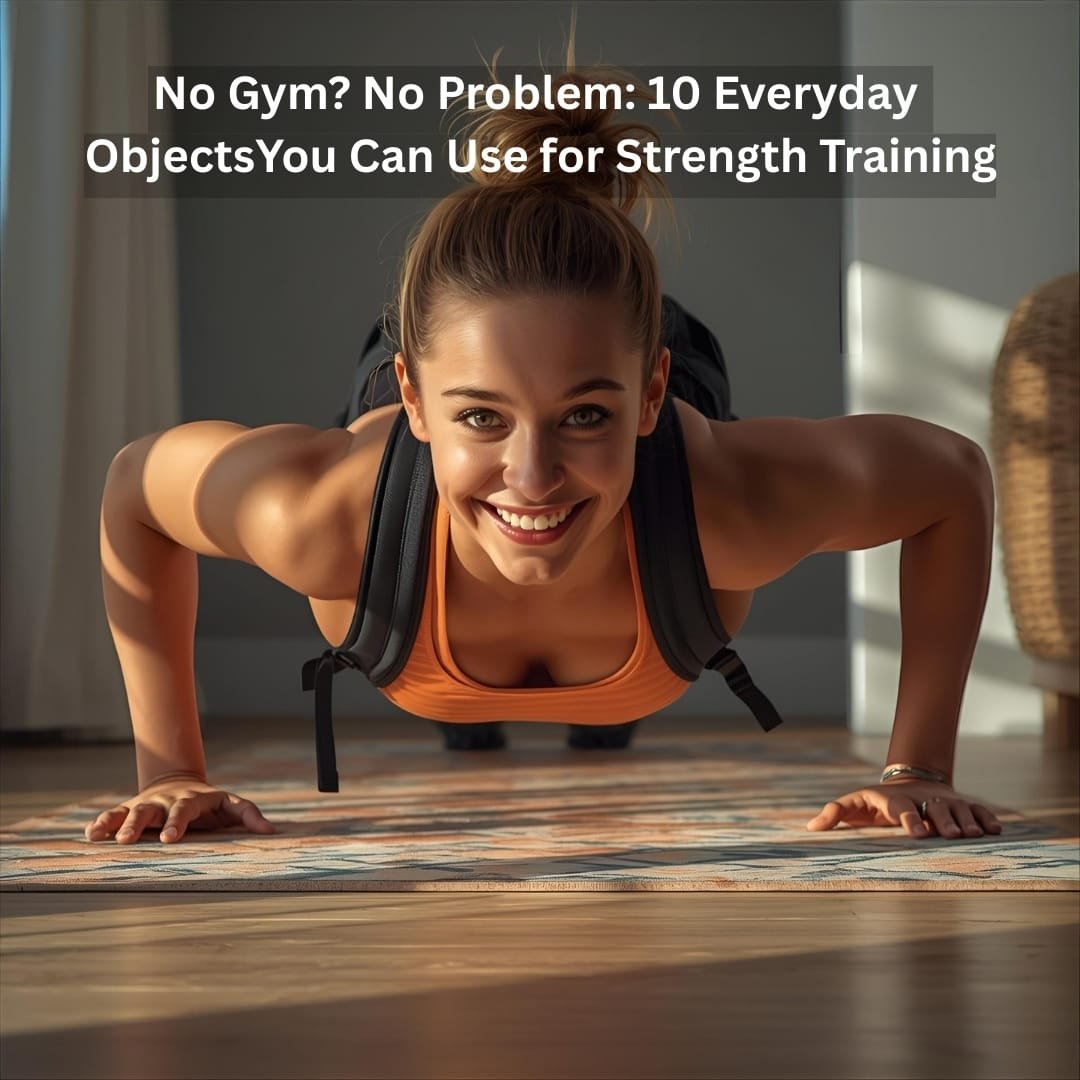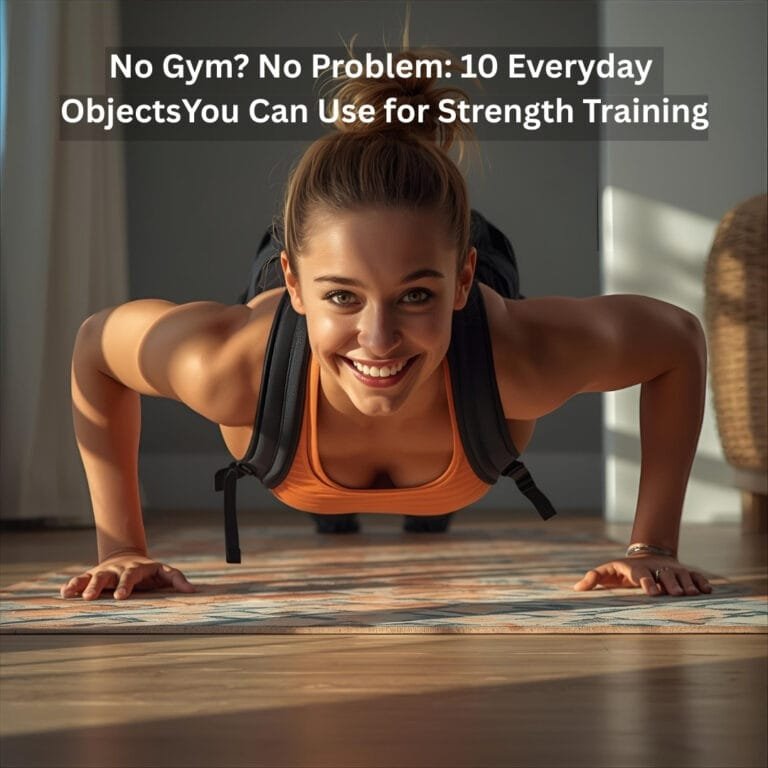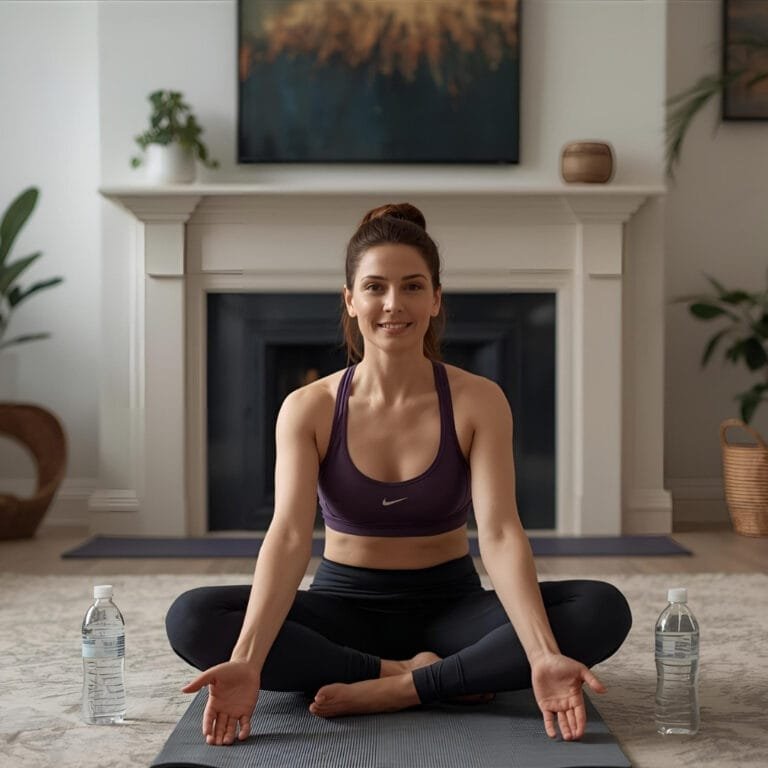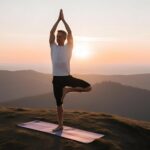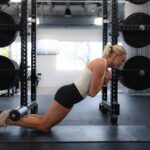Disclosure:
Thank you for reading this post, don't forget to subscribe!
Some of the links on this website are affiliate links. This means that if you click on the link and make a purchase, we may receive a small commission at no extra cost to you. Your support helps us keep the site running.Learn more on my Privacy Policy and Affiliate Disclosure page. Thank you for your support!
Functional fitness is all about preparing your body for real-world activities, not just getting those Instagram-worthy muscles. Think about how you move throughout your day, from picking up a grocery bag to climbing a few flights of stairs. That’s where functional fitness shines. It’s tailored to enhance your ability to perform everyday tasks efficiently and safely.
Traditional bodybuilding often focuses on looking good, with exercises designed to target specific muscle groups for growth. On the other hand, functional fitness is your go-to for practical strength and coordination. It’s like comparing a showroom car to an all-terrain vehicle; each has its merit, but one’s built for everyday adventures!
The real kicker with functional fitness? Injury prevention. By simulating common day-to-day activities, you’re not just getting stronger or more flexible. You’re also training your body to handle life’s unpredictable physical demands, reducing the risk of strains or sprains. It’s way more than just lifting heavy weights or churning through cardio. It’s about being ready for whatever life throws your way.
READ NEXT:
The Core Foundation: Building Stability and Flexibility
The core isn’t just about getting visible abs; it’s a powerhouse that stabilizes your entire body. Think of it as your body’s central support system, crucial for tasks like reaching into a high cabinet or lifting a heavy box. Core strength is key for good posture and avoiding back pain when you least expect it.
Exercises like planks, dead bugs, and bridges are not flashy, but they work wonders in building that essential stability. These moves teach your body to engage the right muscles as a unit, making you way more efficient at tackling whatever life throws at you. It’s about creating a strong, solid base that you can rely on in all sorts of real-life activities.
But let’s not forget flexibility, which often gets overshadowed by strength work. Flexibility training, with stretches and mobility drills, is essential for keeping you nimble and reducing the chance of injury. Imagine trying to grab something off a high shelf without having the flexibility to extend your reach fully. While it might sound simple, practicing regular flexibility exercises can ensure you’re not that person stumbling to reach their favorite cereal.
Combining strength and flexibility makes sure you’re ready—whether it’s for an impromptu dance-off or carrying all your grocery bags in one trip. It’s about building a foundation that supports a range of movements. A balanced approach incorporating both elements keeps your body adaptable and ready for action.
Power of Movement Patterns: Mimicking Daily Actions
Here’s the thing about functional fitness: it’s all about movement patterns that echo everyday life. Think of the simple things—pushing a door open, squatting to pick something up, or pulling a heavy object off a high shelf. These are the bread and butter of daily living.
Functional exercises focus on movement categories like pushing, pulling, squatting, hinging, and lunging, mimicking the typical actions we perform throughout the day. For instance, a squat doesn’t just build leg muscles; it teaches you to stand up from a chair gracefully and helps you pick up items without causing strain.
Incorporating exercises like push-ups (great for pushing strength), rows (mimicking pulling motions), deadlifts (hinging movements), and lunges (exactly what you do while stepping forward or upward) gets your body prepared for real-world tasks. These exercises train multiple muscle groups at once, promoting coordination and efficiency.
Practicing these movement patterns keeps your muscles prepared for life’s random challenges. When your body is used to performing these movements, everyday tasks become easier, and risks of injury reduce significantly. It’s about connecting the dots between gym movements and real-life actions, making sure each workout has practical payoffs.
Functional fitness isn’t just about working out; it’s about training smart to make those tiny everyday tasks achievable and safe, without even giving them a second thought. By focusing on these fundamental movements, you’re ensuring that your body can handle whatever life throws at you.
Endurance and Balance: Key Players in Long-Term Fitness
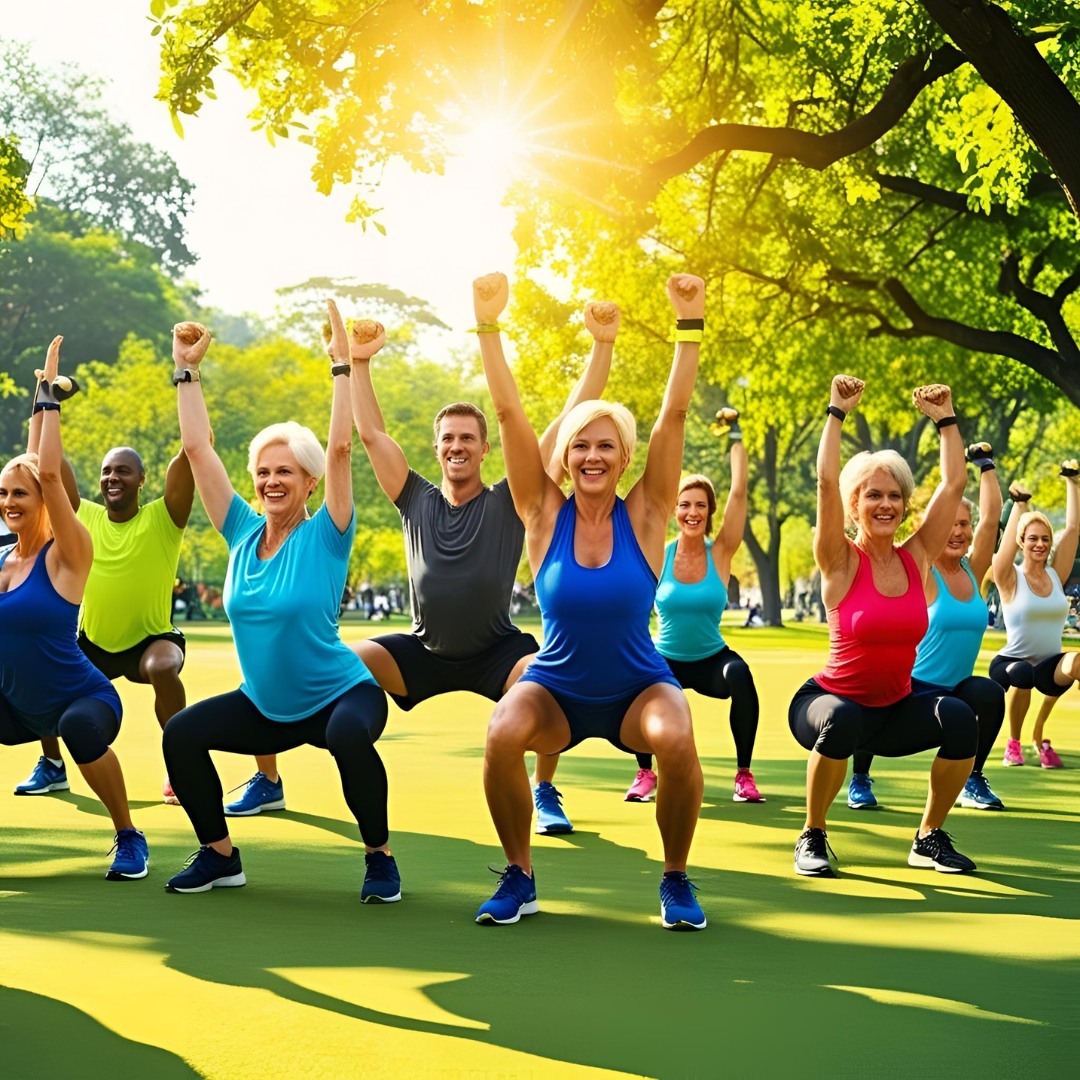
Endurance isn’t just about being able to run a marathon; it’s the fuel that keeps you moving through your day, whether you’re running to catch a bus or playing a pickup game of basketball. Functional fitness places a big focus on cardiovascular endurance, which keeps your heart and lungs efficient, helping you handle long days without running out of steam.
But let’s not overlook balance, another hero in the functional fitness story. Good balance is crucial for maintaining stability whether you’re walking on uneven ground or reaching for something on a high shelf. Engaging in balance exercises like standing on one leg or using a Bosu ball strengthens stabilizer muscles and enhances proprioception, your body’s ability to sense where it is in space.
Together, improved endurance and balance make everyday tasks less of a hurdle. With better cardiovascular health, you’ll find even those marathon workdays less exhausting. Enhance balance and stability, and you’ll navigate life’s physical challenges with confidence and control, reducing the chance of those awkward missteps or accidental falls.
Incorporating these elements into your routine ensures you maintain your energy throughout the day. Whether it’s chores around the house or a long hike, having stamina and a sense of stability makes everything just a bit easier and a lot more enjoyable. Functional fitness isn’t about surviving your day; it’s about thriving through it with energy to spare.
Progressions and Modifications: Tailoring Workouts to Individual Needs
Functional fitness is far from a one-size-fits-all approach. It’s crucial to adjust exercises to match your fitness level, allowing for safe and effective workouts. Modifications help beginners ease into routines without feeling overwhelmed.
If you’re a newbie, start with less intense versions of exercises, like assisted push-ups or partial squats. For those more seasoned, adding resistance or complexity, like using kettlebells for lunges, can up the ante. Modifications aren’t just about making exercises easier; they’re about ensuring proper form and reducing the risk of injury.
Progression is your ticket to continuous improvement, helping you bust through those pesky plateaus. As your strength and endurance build, ramp up the challenge by increasing weights or duration. It keeps your workouts fresh and exciting, preventing the monotony that can derail motivation.
Understanding your limits is key. Listen to your body and don’t rush it. Overdoing it can lead to burnout or injury. Remember, functional fitness is a journey, focusing on gradual advancement while staying in tune with your personal circumstances.
Personalization is about making fitness work for you, not the other way around. Modifications and progressions ensure that every workout is suited to your current ability, paving the way for steady, sustainable growth. This customized approach embraces the unique aspects of your fitness journey, ensuring it remains effective and enjoyable.
RECENT POST:
Practical Tips and Resources for Incorporating Functional Fitness
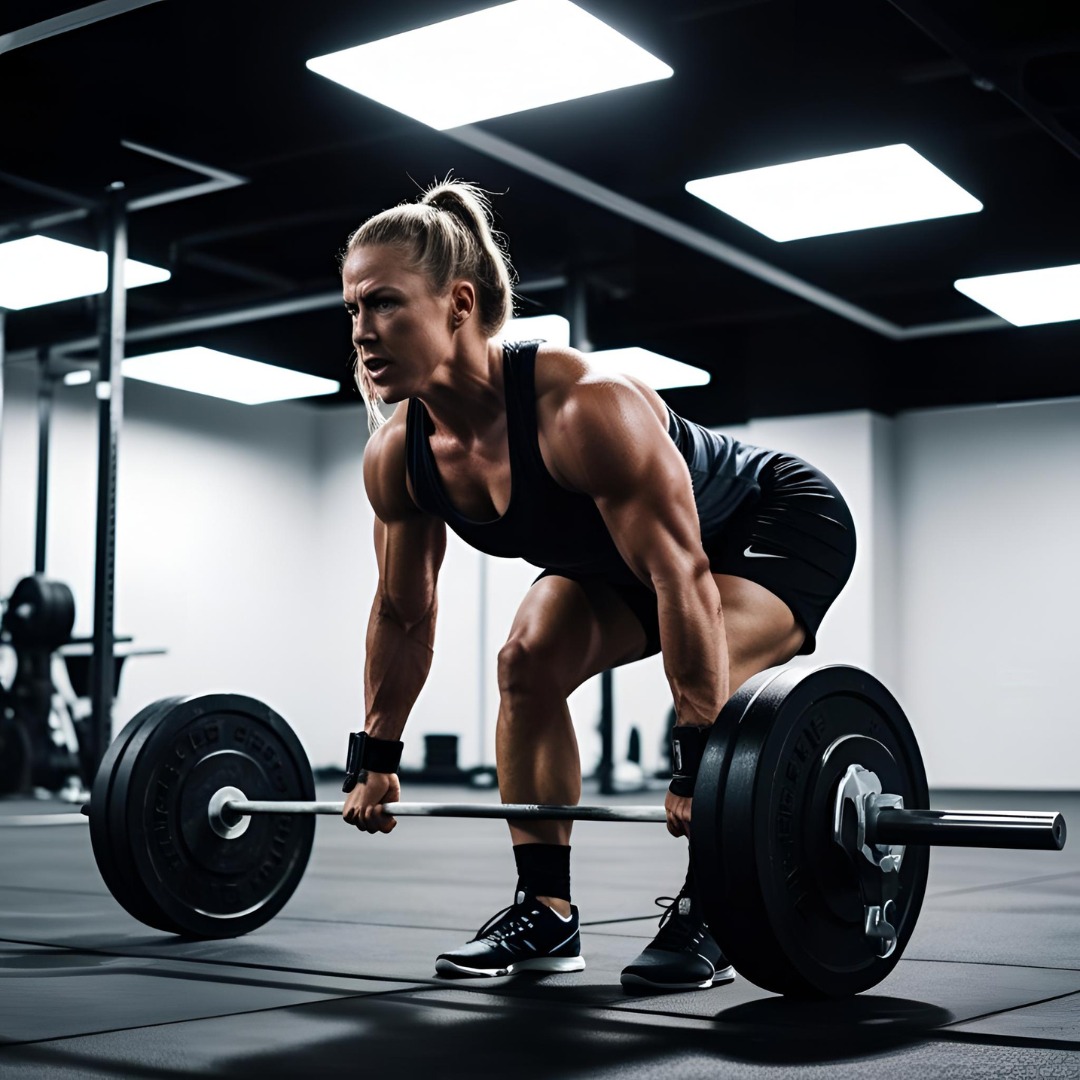
Incorporating functional fitness into your routine doesn’t have to be a headache. Start by setting realistic goals that fit your lifestyle. Whether you’re aiming for a few short workouts a week or a more structured plan, consistency is more important than perfection.
Mix and match exercises to keep things engaging and tailored to your needs. Combine a few core-building moves with balance drills, throw in some endurance work, and sprinkle in those vital movement patterns. Treat it like building a playlist; the right mix keeps things interesting.
Leverage technology and expert advice when needed. There are plenty of apps and online resources featuring guided routines, video demonstrations, and tips by certified trainers. It’s like having a personal coach on-demand, ensuring you’re doing things right without stepping into a gym. Learn more about: National Academy of Sports Medicine]
For more personalized support, explore detailed guides that help you build a fitness routine that works with your goals and capabilities. Customization is key, and having a structured approach can make all the difference in staying motivated and seeing results. Check our post on: How to Design a Personalized Fitness Routine.
Remember, functional fitness is about weaving strength, endurance, and mobility into your everyday life seamlessly. Embrace it as a lifestyle choice that enhances your everyday experiences, not just a workout regimen.
If you found this article helpful, share this article with someone who could use a little motivation. And for more health and fitness insights, explore other content on Morningscape Mindset Media.
MORE ABOUT:
HEALTH / WELLNESS / FITNESS / NUTRITION
Share This Article
